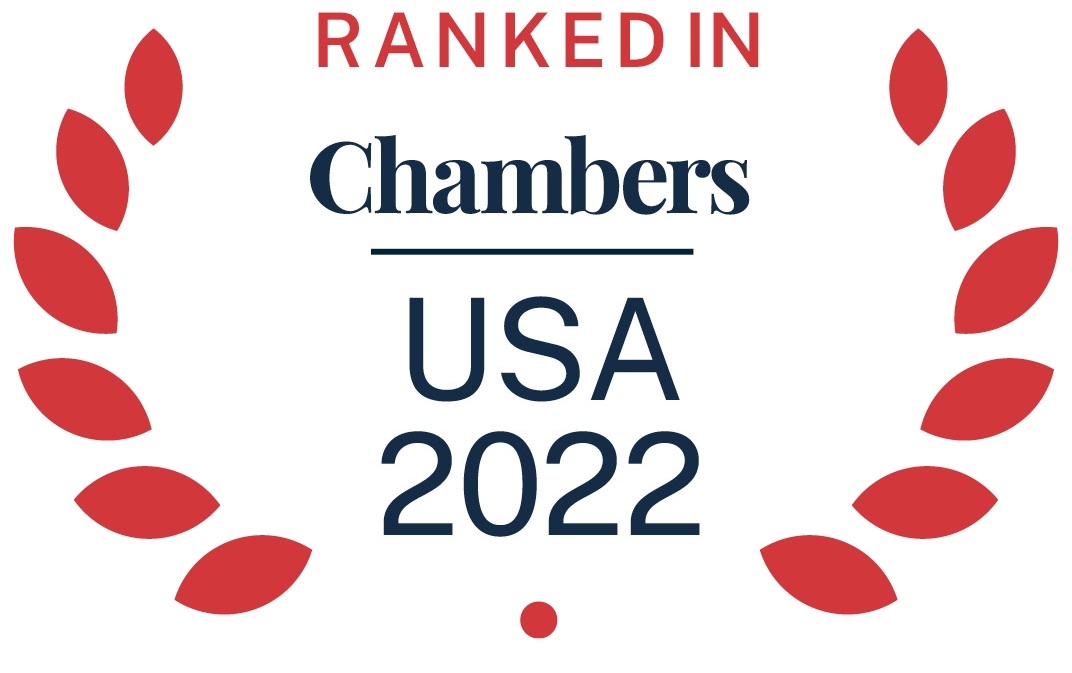On August 22, 2013, Alcohol and Tobacco Tax and Trade Bureau (TTB) announced that, pending further study, it intends to adhere to the restrictive policy towards gluten-free labeling and advertising statements that it first announced in May 2012. Thus, although the Food & Drug Administration has finalized gluten-free regulations applicable to most foods on August 5, as of today TTB’s gluten-free position is outlined in its “interim policy” announced in TTB Ruling 2012-2 (May 24, 2012). That policy applies to all alcohol beverages regulated under the Federal Alcohol Administration Act – i.e., all distilled spirits, all wine containing 7 percent alc./vol. or more, and all beers made with malted barley and hops.
Current TTB policy permits a gluten-free labeling claim only on products made from gluten-free materials. Thus, for example, TTB will permit a vodka distilled completely from potatoes to make a gluten-free claim. See id. at 4. But where a product is made with “any amount of wheat, barley, rye or a crossbred hybrid of these grains, or any ingredient derived from these grains,” TTB considers a gluten-free claim misleading and will not approve labels making such claims. Id. at 5. TTB based this conclusion on FDA’s public expression of doubt that existing methods to test for glutens are effective when applied to fermented and hydrolyzed foods. See 76 Fed. Reg. 46,671 at 46,673 (Aug. 3, 2011). That conclusion was reinforced in FDA’s final gluten-free rule published earlier this month.
Thus, as of today TTB policy will not approve gluten-free claims on products made with a gluten-related ingredient. Where a TTB-regulated product is made with a gluten-related ingredient but meets FDA’s 20 ppm threshold, TTB’s interim policy permits:
truthful and accurate statements that a product was “[Processed or Treated or Crafted] to remove gluten” for products that were produced from wheat, barley, rye, or a crossbred hybrid of these grains, or any ingredient derived from these grains, and then processed or treated or crafted to remove some or all of the gluten under the following conditions:
(1) One of the following qualifying statements must also appear legibly and conspicuously on the label or in the advertisement as part of the above statement:
“Product fermented from grains containing gluten and [processed or treated or crafted] to remove gluten. The gluten content of this product cannot be verified, and this product may contain gluten.”
OR,
“This product was distilled from grains containing gluten, which removed some or all of the gluten. The gluten content of this product cannot be verified, and this product may contain gluten.”
TTB Ruling 2012-2 at 5-6. TTB also requires any COLA application for a label making such claims to contain a detailed description of the method used to remove gluten from the product and Competitive R5 ELISA test results showing less than 20 ppm gluten. Id.
The labeling of gluten-free foods remains a fast moving area. Stay tuned here for further developments.
read more

 Subscribe
Subscribe

